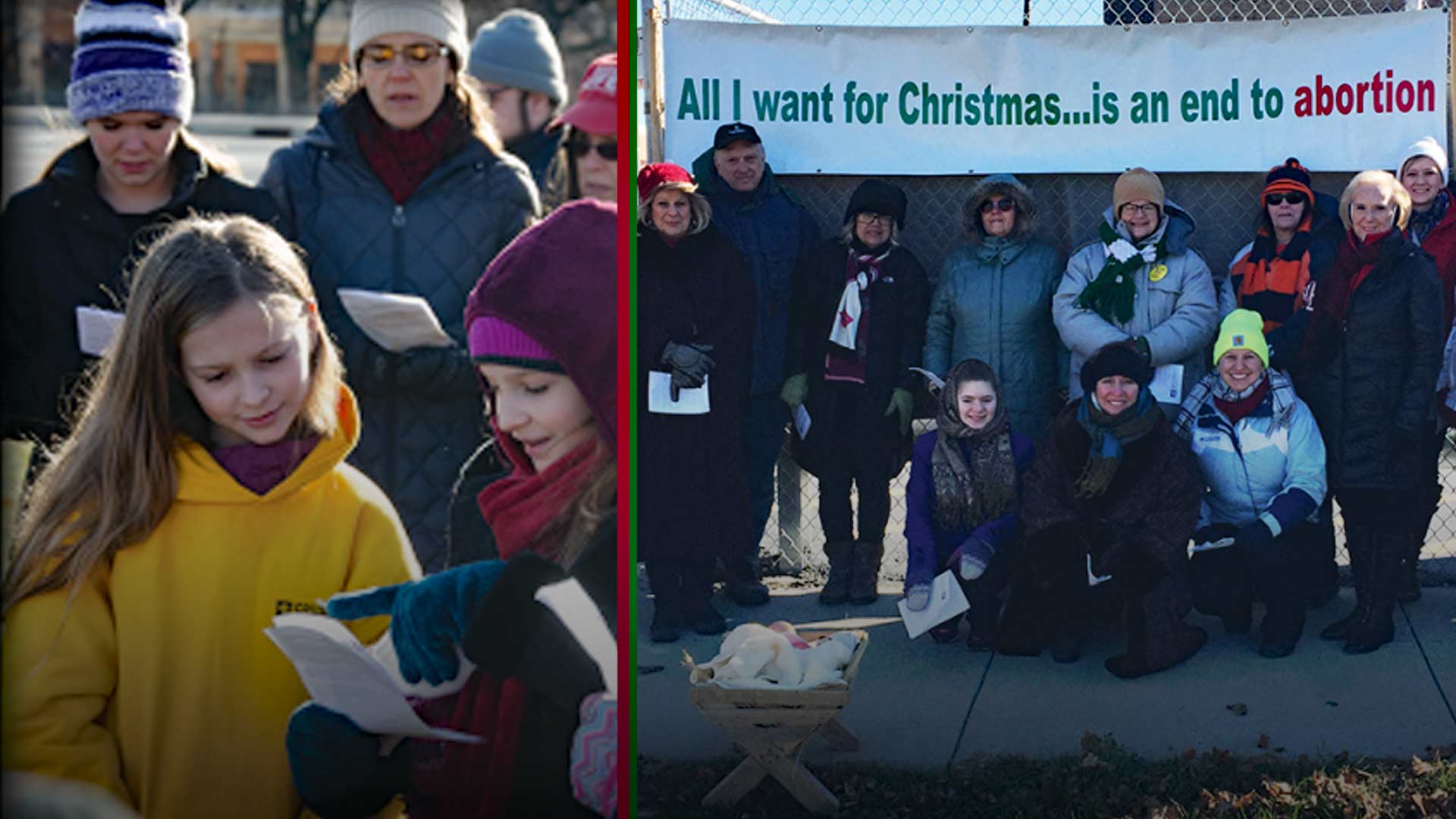
While Planned Parenthood is reeling from the loss of millions of dollars in federal Title X funding, the abortion business has actually expanded its reach in Alaska. According to the annual nationwide survey by Operation Rescue, Alaska added one new abortion clinic last year, bringing the statewide total to five.
Each year, Operation Rescue contacts every abortion business in the United States, gathering detailed information about their services. The latest survey occurred in November and December of last year. It defines “abortion clinics” as businesses that conduct surgical or chemical abortions outside of a hospital setting.
The 2019 survey found that Alaska has four surgical clinics, which also conduct medical (pill) abortions. These include Planned Parenthood clinics in Anchorage, Fairbanks and Juneau, as well as the independent Redoubt Medical Clinic in Kenai. Additionally, the Soldotna Health Center – also run by Planned Parenthood – began offering chemical pill abortions in 2019. Previously it only referred for abortions.
The slight increase in 2019 is due to the emerging shift toward chemically induced abortions.
Cheryl Sullenger, senior vice president for Operation Rescue, said the average cost for abortion in Alaska was $810 last year, which is above the national average. In an email to the Watchman she noted that the average wait time for abortion in Alaska is 15 days for surgical and 6.4 days for pill or chemical. The wait for surgical abortions is above the national average, while the wait for pill abortions is slightly below the national average. Sullenger said no Alaska abortion clinics conduct abortions beyond 15 weeks and 6 days.
NATIONAL TRENDS
Nationally, the number of abortion clinics rose slightly last year, going from a record low of 701 in 2018 to 710 in 2019. In 1991, however, there were 2,176 abortion clinics nationwide. The slight increase in 2019 is due to the emerging shift toward chemically induced abortions.
Operation Rescue’s report notes that Planned Parenthood is expanding its chemical abortion business by converting previous referral centers – such as the Soldotna clinic – into abortion pill dispensaries and experimenting with a new scheme in the Pacific Northwest and elsewhere to distribute abortion drugs through the U.S. Postal Service with the assistance of a smart phone app, which is not yet available to the public. Planned Parenthood has, however, introduced a smart phone app to the public that can be used to obtain birth control pills.
“It is possible that at some point, Planned Parenthood will be able to use that platform to distribute abortion drugs through the mail, as their experimental program seems to indicate,” Operation Rescue’s report states.
Overall there is a huge profit margin in providing abortion drugs Operation Rescue found. Planned Parenthood pays about $82 for the mifepristone/misoprostol abortion drug combination but sells it for a mark-up of $604.
…abortion businesses are “desperately attempting to expand into untapped markets in order to stay solvent…
Despite the growth of chemical abortions, the overall decline in surgical abortion centers does not bode well for Planned Parenthood. The number of surgical clinics has fallen each year for at least the past decade from 713 in 2009 to just 464 in 2019. That represents a decrease of 35% in 10 years.
“The decline in surgical abortion facilities is terrible news for the abortion cartel, but great news for women and their babies,” said Operation Rescue President Troy Newman. “Surgical abortion facilities are still the most profitable, especially if they conduct abortions past the first trimester when prices – and profits – really soar. When they shut down it saves lives and takes money out of the pockets of the abortionists.”
CONCLUSIONS
The report notes that abortion businesses are “desperately attempting to expand into untapped markets in order to stay solvent in a time when the overall demand for abortion has decreased.”
The closer we get to ending abortion in America, the harder the abortion cartel will fight against our efforts.
“Surgical abortion facilities, which tend to be busier clinics, require more overhead to operate and are more costly to staff and equip,” the report states. “That may explain why the number of surgical abortion facilities has fallen each year over the past decade while medication clinics have increased.”
“The closer we get to ending abortion in America, the harder the abortion cartel will fight against our efforts,” Operation Rescue President Troy Newman said. “The increase in abortion facilities and attempts to use alternate methods of dispensing abortion drugs is an indicator that the abortion cartel has stepped up their game, sensing the end for them is near.”







